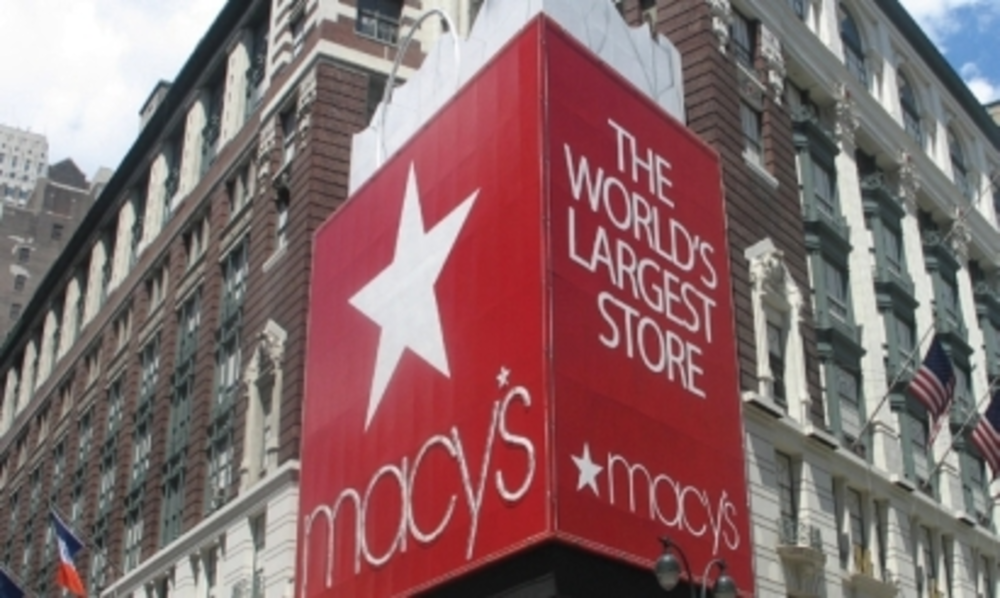Despite a slight uptick in retail sales for January and February, 2009 promises more hard times for many retailers. However, some of the strategies that will determine who the winners will be this year and beyond are emerging, such as tailoring merchandise assortments at the store level to meet the needs of local customers.
The National Retail Federation (NRF) recently reported that retail sales for February rose 0.6% from January — though they decreased 5% from last year. Sales for January were revised up from 0.5% growth to 1.4% month-to-month growth.
“January’s and February’s numbers give us a little bit of hope that we’ve hit the bottom and might be on the way back up,” says Ellen Davis, VP at NRF. However, the NRF expects year-over-year declines in spending for the first three quarters of 2009.
Davis and others point to a value orientation as a defining trend in this recession, with shoppers cutting discretionary spending and shopping at low-priced chains such as Wal-Mart for necessities. In order to compete, others retailers are discounting aggressively, risking their profits and brand equity.
Savvy retailers are looking beyond promotional pricing.
“To the extent that retailers can react to the current economic environment by communicating value in ways other than by putting merchandise on sale, this will help them,” said Mary Brett Whitfield, SVP at management consulting firm Retail Forward.
A recent report from Retail Forward and PricewaterhouseCoopers, How Will This Recession Affect the Future of Retailing?, suggests successful retailers are adapting to new marketplace realities, such as smaller store footprint expectations.
“If you look at the large chain retailers, there is no significant expansion room left,” says Whitfield. This is why store openings began to slow even before the recession and, as a result, retailers have to “maximize sales from their existing store base,” she adds.
Taking CRM, loyalty or point-of-sale data and using them to tailor the product selection for a store or group of stores to local needs is one way to drive sales on a per-store basis.
This strategy “is picking up steam because of the reality that there are fewer customers, there is less loyalty, so the need to be more laser focused in your assortment has become more important,” said Peter Grimando, VP sales and operations at 7th Online Inc., which offers merchandise assortment planning services.
Even though most retailers already have the necessary data, many haven’t executed these kinds of programs yet because the data manipulation required is significant, Grimando said. New technology from 7th Online and other vendors in this space are attempting to deal with this issue.
Another stumbling block for the adoption of localized product selection has been the fact that most chain retailers “have grown up in the traditional role of mass acquisition marketing and don’t know how to execute targeted marketing,” said Zain Raj, CEO at Euro RSCG Discovery North America and global retail practice leader at Euro RSCG Worldwide.
“The more successful retailers are driving their business by fulfilling the needs of their absolute core customers better than anybody else,” he continued. Once a program is in place to refine the product set, these retailers are extending the strategy to their marketing with Sunday preprints, for example, that is also localized and support the in-store product selection.
Several national retail chains are currently experimenting with how to edit their merchandise assortments so that stores better reflect local customers’ needs and more are expected to follow suit. The goal is to not only drive sales but increase the value of the brand to their customer base, Whitfield said.
Macy’s, for example, began testing a localized product strategy last year called My Macy’s. With many of the retailer’s best-performing geographic markets also My Macy’s districts, the company said in February that it would roll out the initiative nationwide








